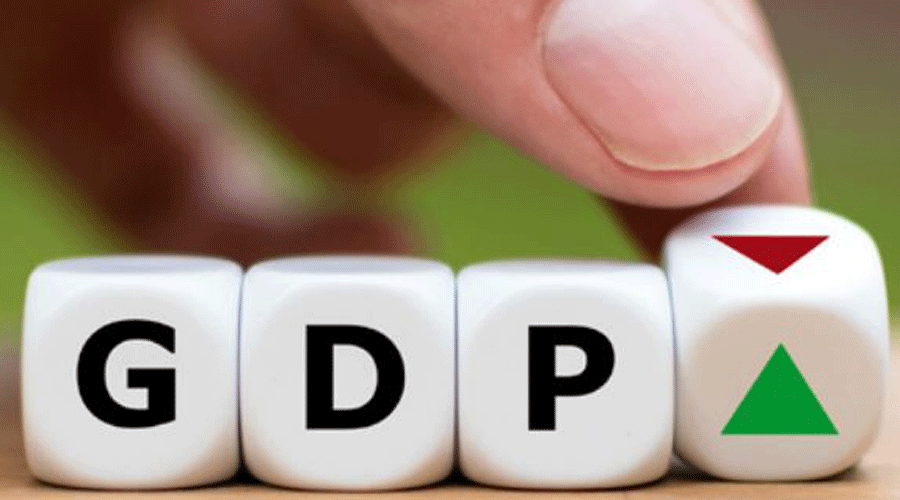The World Bank on Thursday projected a growth rate of 6.5 per cent for the Indian economy in 2022-23, a drop of 1 percentage point from its previous projection in June, citing a deteriorating international environment.
In its latest South Asia Economic Focus released ahead of the annual meeting of the International Monetary Fund and the World Bank, the Bank, however, noted that the recovery is greater in India than the rest of the world.
The Indian economy grew 8.7 per cent in the previous year.
“The Indian economy has done well compared with the other countries in South Asia, with a relatively strong growth performance. It has bounced back from the sharp contraction during the first phase of Covid,” Hans Timmer, World Bank chief economist for South Asia, said.
India has done relatively well as it doesn’t have a large external debt and there are no problems coming from that side. There is also a prudent monetary policy, he observed.
The Indian economy has done especially well in the services sector, particularly service exports.
“But we have downgraded the forecast for the fiscal year that just started and that is largely because the international environment is deteriorating for India and for all countries. We see kind of an inflection point in the middle of this year, and first signs of slowing across the world,” he said.
The second half of the calendar year is weak in many countries and will be relatively weak also in India, he said.
Timmer said that’s mainly because of two factors. One is the slowing of growth in the real economy of high-income countries.
The other one is the global tightening of monetary policy that hardens financial markets. It not only leads to capital outflows in many developing countries but also increases interest rates and uncertainty in developing countries which has a negative impact on investment.
“So, it (India) has done relatively well. It is not as vulnerable as some of the other countries. But it’s still in tough weather. It (India) has to navigate the higher commodity prices and there are more headwinds at the moment,” he said in response to a question.
India is doing better than the rest of the world, he said, adding that there are more buffers in India, especially large reserves at the central bank. That’s very helpful. “Then the government has very actively reacted to the Covid crisis,” he said.
The Indian government has set an example for the rest of the world such as expanding social safety nets and using digital ideas.
“I think it’s almost up to a million people that they are reaching at the moment. It’s a good response also,” he said.
At the same time, he said that he does not agree with all the policies of the Indian government.











